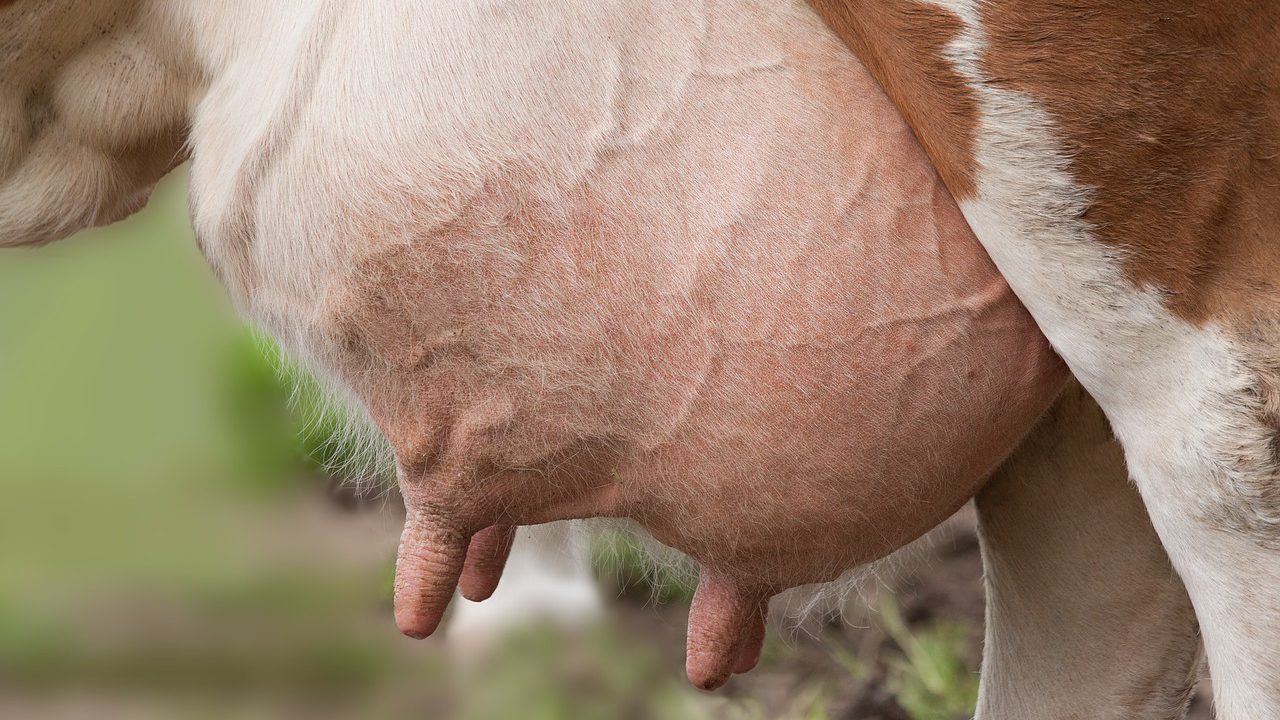Volume of milk sold has increased at a Wexford dairy farm since a non-antibiotic method of improving udder health was introduced.
Reducing mastitis and somatic cell counts (SCC) had been priority areas for tackling antibiotic use in the 160-cow herd at Ballywilliam, as a mastitis challenge was resulting in milk produced by cows treated with antibiotics being discarded.
Farm manager Kevin O’Hanlon calculates that, for each cow treated with antibiotics, this was costing the business an average of €10.50/day over the withdrawal period. “We were dumping a lot of milk,’’ he said.
SCC was consistently high and peaked at 210,000 cells/ml. Kevin investigated options to get on top of the problem without resorting to antibiotics.
‘We didn’t expect such good results’
“I hate using antibiotics for a number of reasons; if the milk can’t go into the tank it is literally like pouring money down the drain,’’ he commented.
Kevin says he was running out of options until he discovered the Maycillin udder health bolus system developed by Mayo Healthcare.
The bolus is engineered to slowly release allicin and used in bolus form as an alternative to antibiotics in both clinical and sub clinical challenges.
Kevin initially used the bolus on cows with the highest cell counts and was astonished at the improvement.
“We had one cow whose cell count was 2.1 million cells/ml, the highest we have ever recorded; but after she was bolused it reduced to 34,000,’’ Kevin reported. “Another went from 246,000 to 97,000, and we saw a similar pattern with other cows.’’
The Maycillin bolus is effective for 21 days and, as there is no residue, there is no milk withdrawal period. The rolling average SCC in the herd is now 160,000 cells/ml.
“We didn’t expect such good results; it has worked exceptionally well for the majority of cows – seven in every 10 cows that were given the bolus,” said Kevin.
Two dose rate of Maycillin for cows over 500kg is two boluses and applicators are available from stockists.
Milk recording is a priority at the farm as cell counts are used to help identify cows that are suitable for selective dry cow therapy (SDCT).
Rather than blanket-treating all dry cows, only those at risk are treated. In recent years, there has been a shift in both the breed and the calving pattern.
The herd had been mostly Holstein but Norwegian Red genetics were introduced to provide better functional traits without compromising yield, followed by Fleckvieh for stature.
“We have cows producing 12-13 gallons a day and foot health is excellent; I never have to treat lameness,’’ said Kevin.
Last year, the herd produced an annual average milk yield per cow of 8,600L at 600kg solids; as a third of the herd at that time was heifers, yield is expected to increase further this year.
The herd calves in three blocks and a lot of attention is paid to the diet and management of the transition cow.
By slashing antibiotics use, mastitis and lameness rates, Kevin says he can now concentrate on further improving performance and efficiencies.
Further information
For more information on the Maycillin udder health bolus click here



